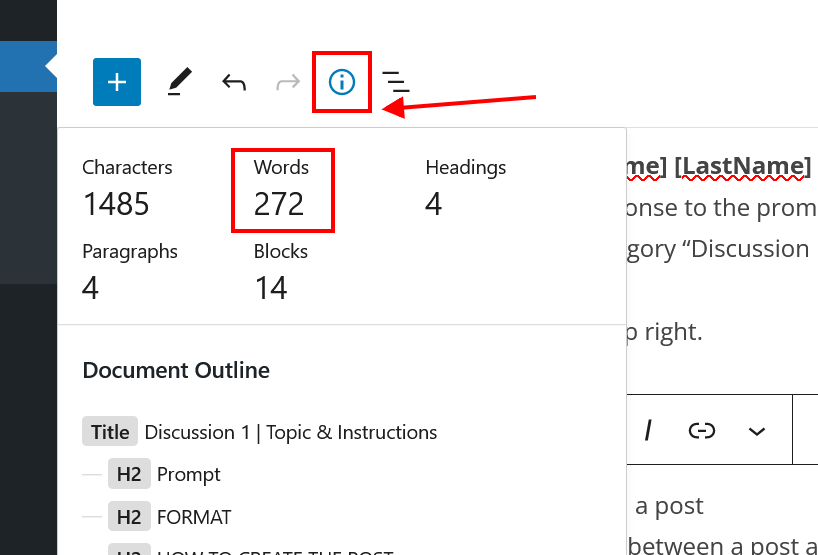Before reading “Feminist Politics: Where We Stand”, if I’m being completely honest, I didn’t necessarily believe that feminism was solely anti-male, but I did believe that it mostly was. The reason why I feel this way is because, as Bell Hooks stated, feminism is a movement to end sexism, sexist exploitation, and oppression, but throughout history, men have been the ones to do just that. Yet after reading her chapter, Hooks brought up several valid points that I did not think of before. As she explains what sexism is, I now understand that sexism against women does not only come from men. Hooks explains that the definition of sexism itself implies that all sexist thinking and action is the problem, no matter who perpetuates it (female, male, children, etc). Due to what many of us, including myself, see on tv and various media platforms, feminists are represented as women who are anti-male rallying together in hopes to prove that men are our enemies, whether at home or in the workplace.
Since the feminist movement is to end sexism, no matter where it comes from, Hooks pointed out that the movement moved from having an anti-male sentiment to now focusing on how to better gender injustice. Of course, not all women are feminists, and we have seen women also identify as anti-feminists. Just this past year, we have seen women across the country march for and against abortion laws. As Hooks stated, “Concurrently there can be no such thing as power feminism if the vision of power evoked is power gained through the exploitation and oppression of others”. It is no secret that there are women who tend to seek competition with one another, but as long as it continues, the feminist movement will not reach its highest potential of being the great power it deserves to be. Similar to the words written at the end of this chapter, it is vital to remember the central message and definition behind the powerful word: feminism, and fight for what it stands for.
“Sex & Gender 101”, by Kyl Myers, was a great read which delved into gaining a better insight into sex vs. gender. I had already had a good understanding of the differences between the two, but I enjoyed discovering more about gender assignment and how children are often socialized in stereotypical ways, which further leads to their treatment and how they learn.

